Under the banner of Operation Al-Aqsa Flood, Palestinian Islamic Jihad (PIJ) and the Al-Aqsa Martyrs’ Brigade—a group with roots in the Balata refugee camp near Nablus—have launched a series of indirect mortar attacks targeting Israeli Defense Forces (IDF) positions in southeast Khan Younis. The strike, captured in propaganda footage disseminated through militant-aligned media channels, involved the use of 60mm mortars against an IDF convoy consisting of lightly armored vehicles.
The videos, which prominently feature PIJ’s armed wing—Saraya al-Quds “Jerusalem Brigades”—depict militants preparing mortar rounds from hastily constructed fighting positions. PIJ flags and headbands are deliberately showcased in the frame, signaling the intent to convert tactical actions into strategic messaging. These visual symbols are designed to reinforce structural legitimacy, unity among factions, and galvanize support across Palestinian territories and beyond.
Group Structure and Strategic Affiliation
The operational coordination between PIJ and the Al-Aqsa Martyrs’ Brigade reflects an evolving model of decentralized resistance. Both factions operate under what is commonly referred to as the “Jenin Battalion,” a loosely unified structure that also includes Hamas-aligned fighters such as the Izz ad-Din al-Qassam Brigades. While these groups differ in ideology—ranging from Islamist to secular nationalist—they increasingly cooperate in kinetic operations against Israeli forces, blurring traditional factional lines.
The Al-Aqsa Martyrs’ Brigade originated from a radicalized element of Fatah during the Second Intifada and has historically claimed responsibility for attacks in the West Bank and Jerusalem. The group, once connected to Fatah’s political leadership under Yasser Arafat, diverged sharply in the early 2000s as elements adopted more militant postures. Arafat himself faced U.S. and Israeli scrutiny for alleged support of joint operations with groups such as PIJ and Hamas—particularly following the 2002 Jerusalem bombing, a turning point that led to U.S. designation of several Palestinian groups as Foreign Terrorist Organizations (FTOs).
Despite occasional cooperation, these groups maintain operational autonomy, often structured in a cellular format designed to evade targeted strikes and intelligence penetration. Leadership is fragmented intentionally, with command spread across multiple subunits to complicate identification and neutralization by Israeli or U.S. intelligence.
Strategic Messaging
Operation Al-Aqsa Flood serves as both a military and symbolic campaign, drawing ideological lineage from the First Intifada and invoking Jerusalem (Al-Quds) as the central motif. While the operation is framed by its organizers as a response to Israeli blockades and long-standing military pressures in Gaza, its broader objective appears to be the mobilization of Palestinian resistance under a shared banner of “liberation” and Islamic-nationalist revival.
The branding of attacks under Al-Aqsa Flood conveys religious and territorial claims, positioning Jerusalem not only as a political objective but as a divine mandate. This narrative is intended to resonate with both secular nationalists and Islamist factions, creating a unifying mythos for disparate militant elements.
By combining tactical operations with symbolic imagery—particularly in visual media—the groups aim to project a level of strength, maintain relevance in their movement, and influence the overall public perception. The attack in Khan Younis, while limited in tactical impact, is strategically leveraged to assert continued resistance capabilities and challenge Israeli control in southern Gaza.
Operational and Humanitarian Impacts
Analysts propose that the recent mortar barrage and propaganda videos that followed are a limit test rather than any significant offensive strike. The strikes using mortars may have been a way to test for IDF maneuver time span, pattern recognition of movement on the ground by troops, and real-time responses to attacks in the future. These skirmishes have been a long-used method, utilized by militants in testing strengths and prodding weaknesses while framing minor gains as ideological victories and vying for territorial legitimacy.
International and Arab media, such as telegram-based outlets, have framed the Khan Younis operation as a “resistance front,” with the Israeli-based media having characterized such strikes as a minor stunt with minimal effect on the battlefield.
Furthermore, these strikes often take place in densely populated areas, making it difficult to identify their precise origin and increasing the likelihood of confusion and collateral damage among the civilian population.
Israel and its coalition partners have, according to analysts, have severely degraded Hamas’ military capabilities and disrupted its logistical supply lines. On June 2, a more notable attack took place when the Houthis escalated regional tensions by launching a ballistic missile toward Ben Gurion Airport, resulting in limited flight suspensions.
Most incoming attacks have been successfully intercepted to date, largely due to the effectiveness of Israel’s Iron Dome missile defense system, utilizing SHORAD, C-RAM, and longer-range cruise missiles. Despite the repeated attempts to target key nodes of commerce, industrial infrastructure, and logistical corridors, the resulting damage has been minimal, if any, with no casualties reported in recent strikes. This relative resilience has contributed to the perception that the conflict is currently tilting in favor of the Israeli Defense Forces (IDF), particularly given the limited number of Israeli casualties and the significant degradation of Hamas’ operational capabilities. However, internationally and across much of the Arab world, this advantage is increasingly overshadowed by the growing perception that Israel’s military campaign is exacerbating a severe humanitarian crisis in Gaza, raising concerns that the war, while tactically successful, is strategically damaging in terms of public opinion and regional stability.



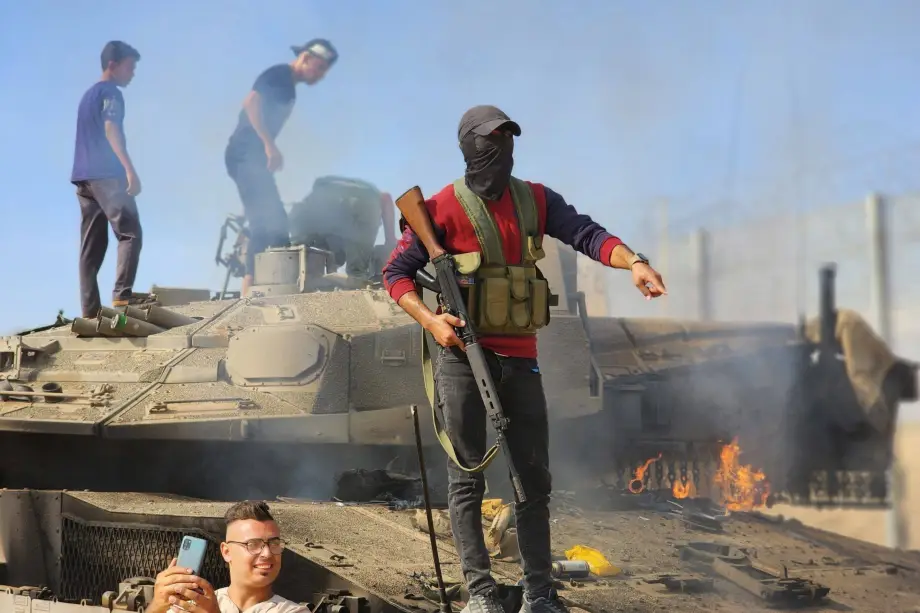
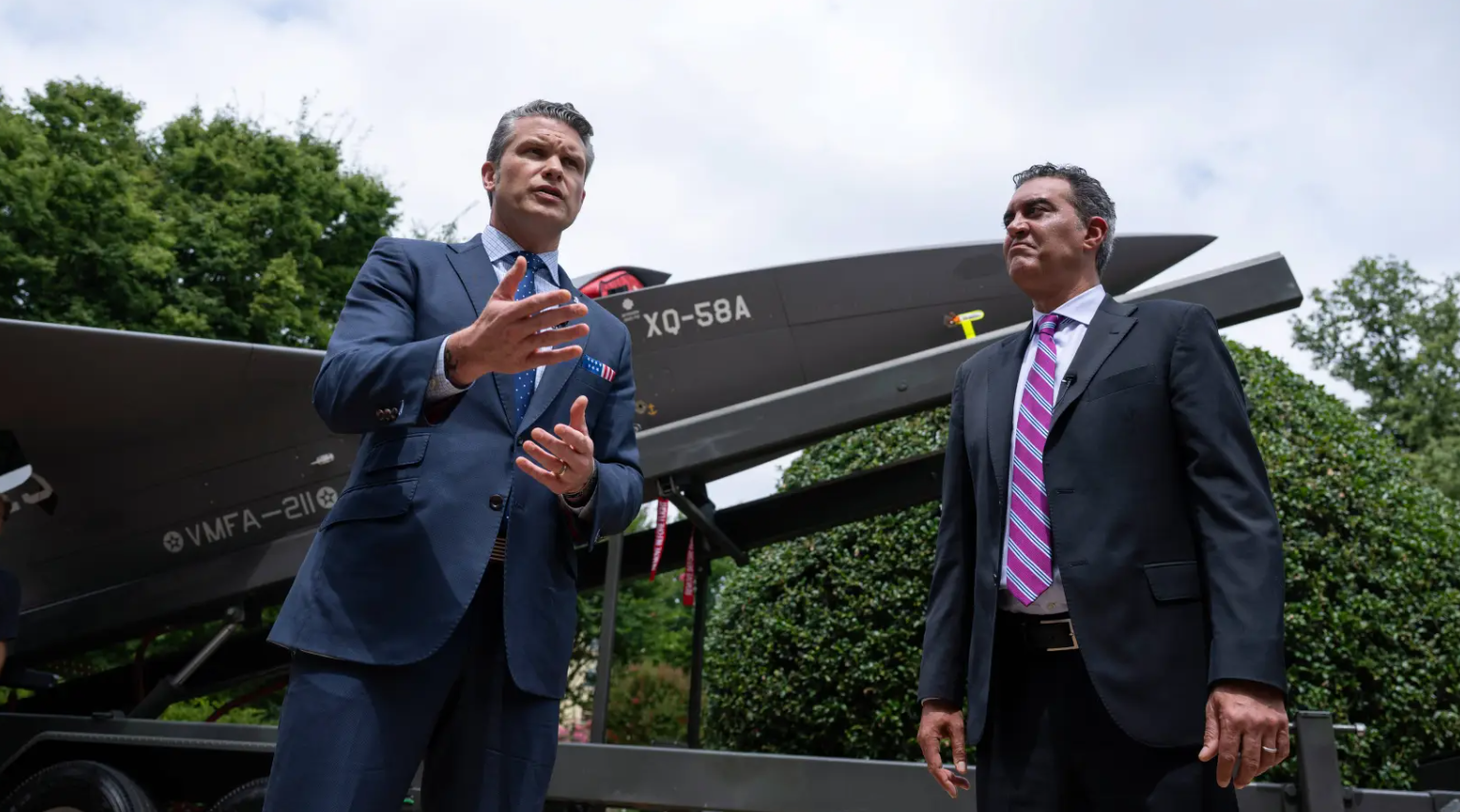



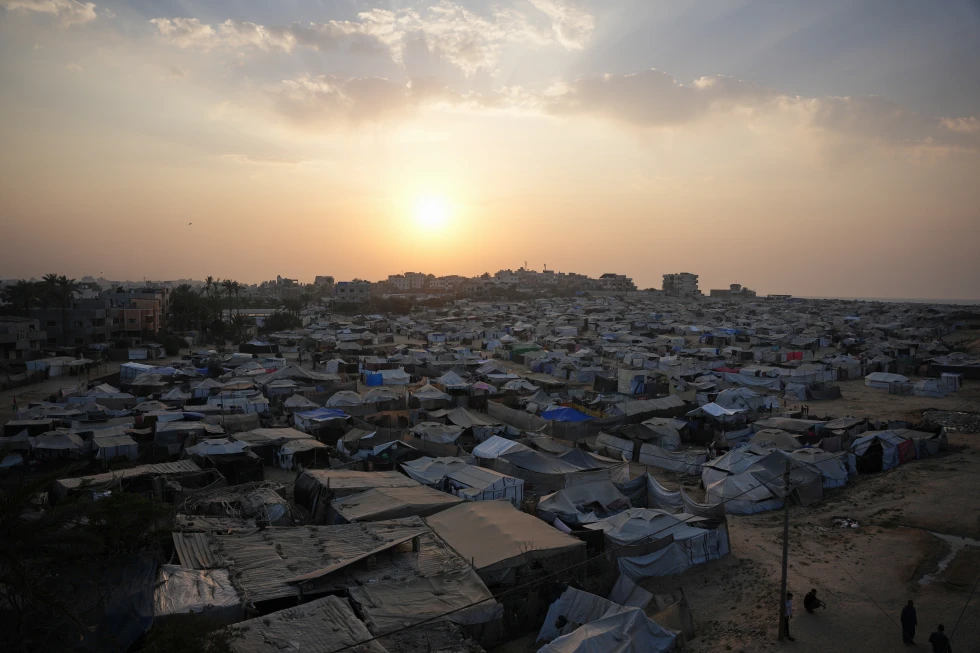

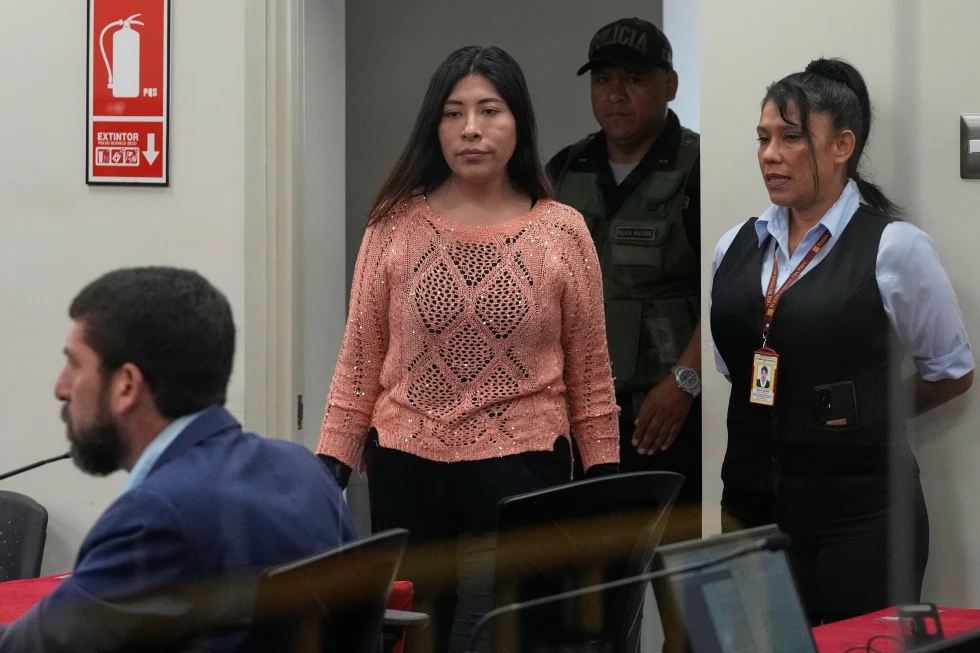
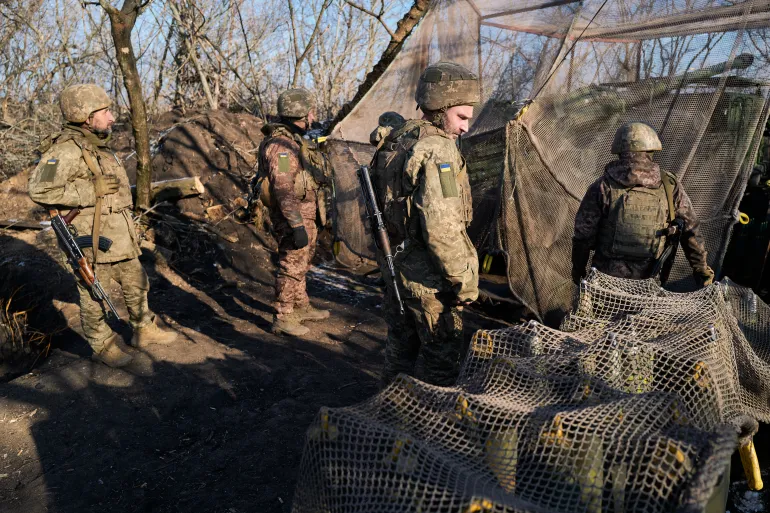

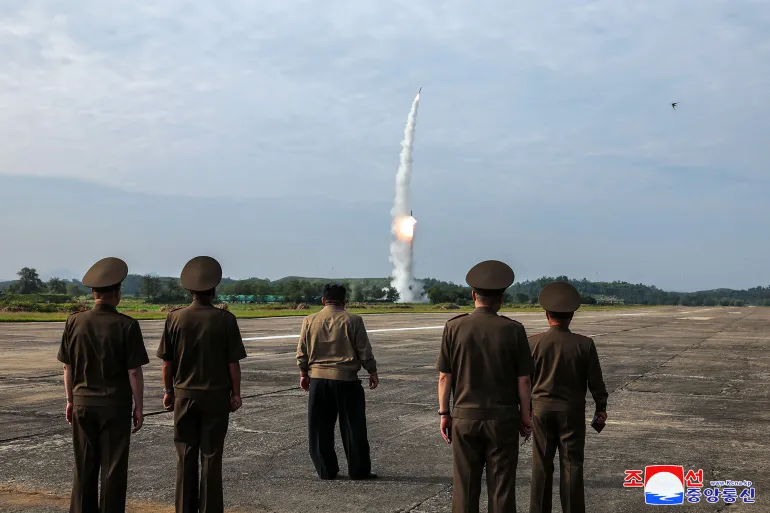

Discussion